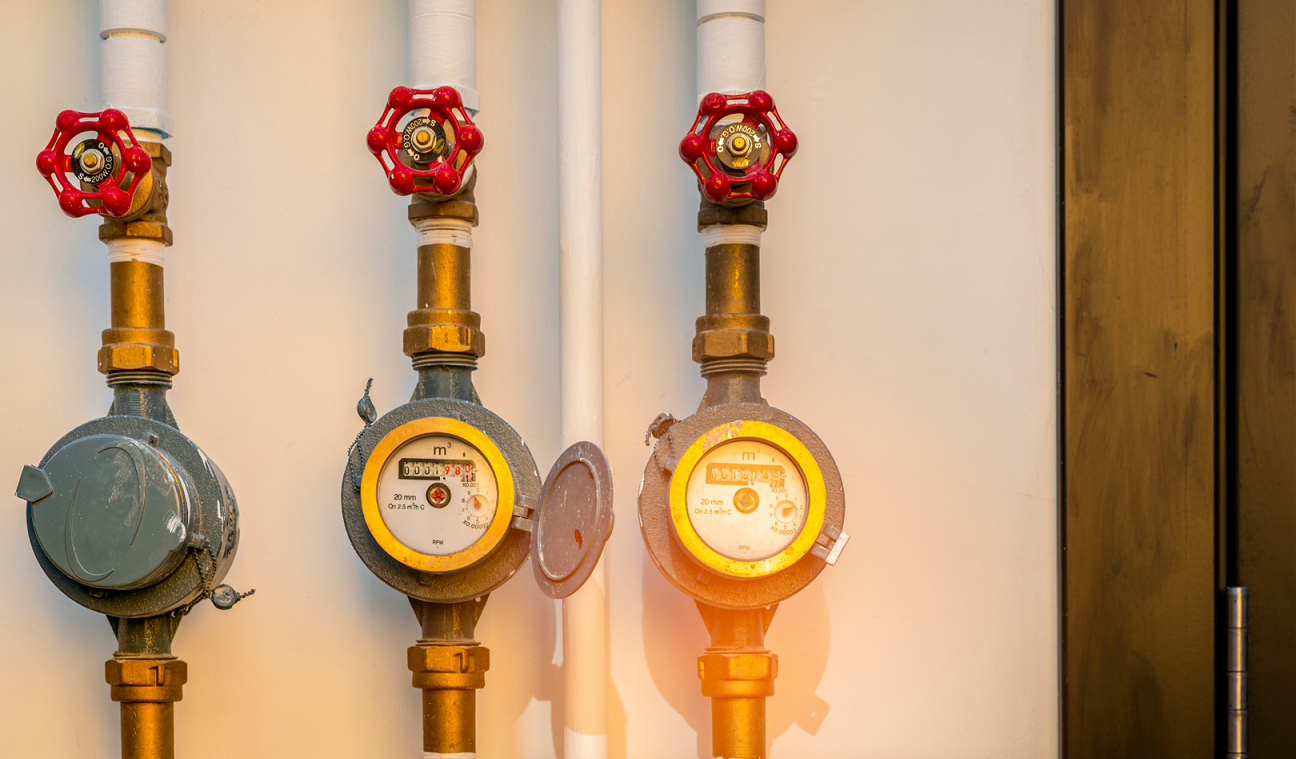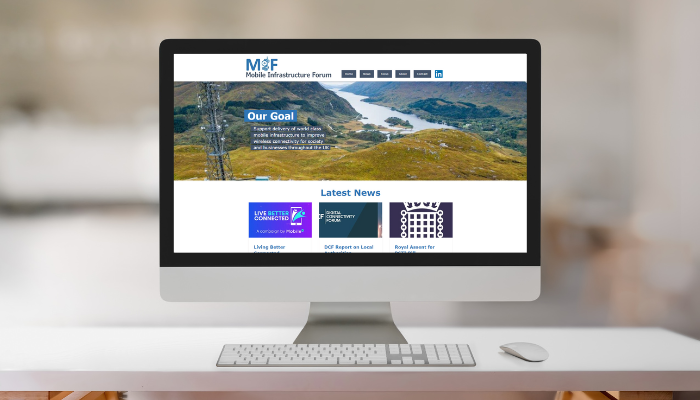Mediacentre

- 08 Aug 2023
- ·
- UK
What is Industry 4.0?
Industry 4.0 is the fourth industrial revolution. And it’s big.
Rooted in technology and enabled by the internet of things (IoT), big data, augmented reality (AR), artificial intelligence (AI) and machine learning (ML) are combining to drive infinitely smarter, increasingly automated and ever more precise production and manufacturing processes.
The outcomes are truly transformational. Today’s robot-augmented workers are safer and more efficient. Operations are leaner. Facilities are more productive and downtime is reduced. The convergence of operational and corporate data, and the vast amounts of intelligence from sensors, machines and systems opens up a whole new world of predictive maintenance, process optimisation and continual improvement.
Listen to this article:
Technology that uses Industry 4.0
With Industry 4.0 adoption growing , Cellnex UK takes a deeper dive into the technologies driving this transformational future.
Artificial Intelligence (AI)
Generative AI is big news today. But there’s more to it than ChatGPT.
With so many Internet-of-Things (IOT) devices continuously collecting data, AI techniques like computer vision, natural language processing, and machine learning are being applied to enhance everything from demand forecasting and production planning to automate quality control, defect detection and more.
For more information regarding how AI is propelling industries into the future, read our article about smart ports and how the maritime industry is thriving in the new wave of business.
Internet-of-Things (IoT)
IoT is transforming operations and processes across the smart factory. Intelligent devices now track the movement of components, assets, even people. They’re delivering back machine condition data to enable proactive maintenance. While environmental sensor data is being continually analysed to ensure safe working areas.
Plus, with machines equipped with IOT devices able to interconnect and exchange data on a shared or Private Network, new opportunities for process automation are realised.
Cloud Computing
With data being at the forefront of industry 4.0, the need for cloud computing has never been greater.
Cloud offers smart factories the perfect solution for handling data at rest and in motion – processing it to provide meaningful insights in a relatively short period of time, sometimes within seconds or milliseconds. Robust connectivity is critical and, increasingly in manufacturing environments, that means embracing the high availability, ultra-fast connectivity of a dedicated Private Network.
What are the advantages of Industry 4.0?
As we’ve touched on earlier, there are a myriad of use cases for industry 4.0 technologies – from streamlining repetitive tasks to increasing production. Some of the key advantages include:
Streamline Services & Tasks
Let the machines take the strain.
When humans perform the same task every day, they’re prone to fatigue, boredom or just short periods of inattention. This can cause injury or harm – to themselves, to the quality of the product and the efficiency of the line itself. Machines never get tired and, unless they’re broken, will perform their task in a consistent, error-free and continuous way. The output can be improved and humans are freed up to focus on higher value tasks.
Lower Machine Downtime
Industrial facilities can be extreme environments and machines are naturally prone to wear and tear over time. Operational continuity is key to fulfilling orders and optimising costs, so unplanned, failure-related downtime is not an option. Connecting an IoT device won’t just help with proactive monitoring of various machinery components, it can also alert maintenance teams well in advance of a potential breakage or malfunction.
Improved decision-making
Industry 4.0 harnesses the power of real-time data analytics to provide decision-makers with valuable insights. Through the collection and analysis of data from various sources within the production process, patterns and trends can be identified allowing for a deeper understanding of operations.
Decision-makers can leverage these insights to optimise processes, identify bottlenecks, and improve overall operational efficiency. They can use the data to optimise resource utilisation, reduce wastage, contain costs, enable effective planning, simplify compliance reporting and much more. And with today’s focus on sustainability, data can be used to inform new environmental practices.
Enhanced safety
One of the truly transformational outcomes of Industry 4.0 is the ability to create a safer working environment.
Cobots – collaborative robots designed to work alongside humans – assist them in tasks that are physically demanding, repetitive, or hazardous. Equipped with sensors and advanced safety features, cobots can detect the presence of humans and react accordingly ensuring safe interaction and minimising the risk of accidents.
As already touched on, advanced sensor systems play a crucial role in monitoring the working environment and identifying potential safety hazards. These sensors can detect factors such as temperature, humidity, noise levels, and gas emissions. By continuously monitoring these parameters, potential safety risks can be identified and addressed promptly or in advance. With worker safety a moral and operational imperative, Industry 4.0 helps leaders protect their workforce.



































